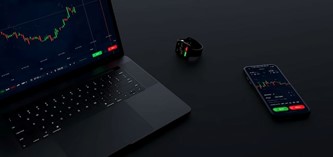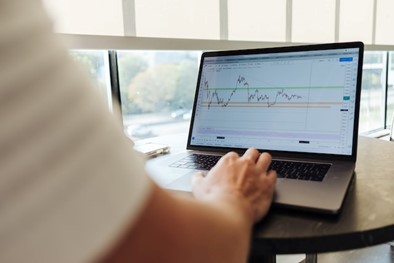Futures trading is favored among the world’s savviest traders and hedge fund managers. Inspiring many to engage in the globe’s most thrilling markets, futures trading is a legal agreement to buy or sell a particular asset or security at a predetermined price at a specific time.
Stuart Simonsen of Billings, MT dives deeper into this type of trading and a couple of strategies that many esteemed traders use.
Understanding Futures Trading
Initially, futures trading was created to fulfill the needs of commercial traders. Thus, the underlying asset that is bought or sold is typically a physical commodity. Although, the modern world has seen futures flood the equity and bonds markets too.
Futures trading happens through the CME, providing more price efficiency thanks to its centralized and regulated characteristics.
The leverage available and the low margin necessities in this type of trading are the aspects that make it so popular. Plus, they can be traded around the clock, negating the overnight risk for stock index futures.
But there are many strategies that traders use to take advantage of the opportunities presented by the futures market. Such as:
Day Futures Trading Strategy
Day trading is a popular approach. But it does come with its fair share of risks.
That said, people have made fortunes day trading futures. One prime example is Paul Rotter, one of the world’s most successful futures day traders. He made roughly $65 to $78 million every year for ten years!
How Does Futures Day Trading Work
Futures prices tend to display a specific trading pattern every day.
Think of it like traffic — there tends to be a lot in the morning and early evening, but not in the afternoon since everybody is at work. That’s how futures tend to run:
- Volatility at the start of the trading day
- No volatility in the middle
- Volatility before closing
Because of that, many day futures traders like to run strategies that combine volatility and breakout trading.
This system uses the previous trading day’s high and low prices as a rule. Traders multiply them by 0.25, add the high’s opening price, and subtract the low to find the breakout range. Then, buy contracts if the break is above the range and sell if it’s below the range.

Futures Swing Trading Strategy
Swing trading futures is one of the only multisession systems in this type of trading. Just be aware that margins may be higher due to the nightly gap risk.
Savvy traders often use this strategy during strong markets, giving them opportunities to ride trends. Success involves having a suitable timeframe.
NIFTY Futures Trading Strategy
The final strategy is a technical based one, involving indicators that generate accurate trading signals. It gives traders the opportunity to capture the intraday NIFTY trends.
Otherwise known as the Holy Grail trading setup, it utilizes ADX (Average Directional Index) and SMA (Simple Moving Average) to let traders find low-risk entry points following pullbacks. The former measures the trend’s strength, and the latter determines where the retracement could end.

